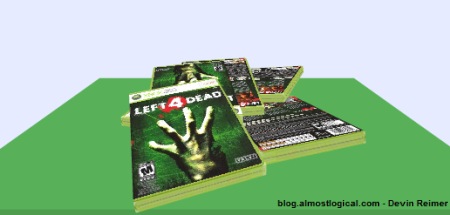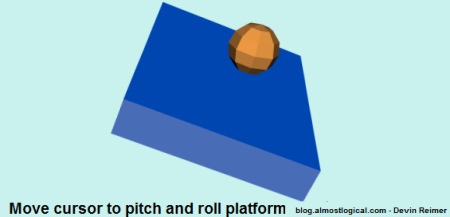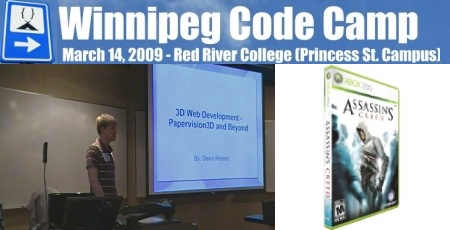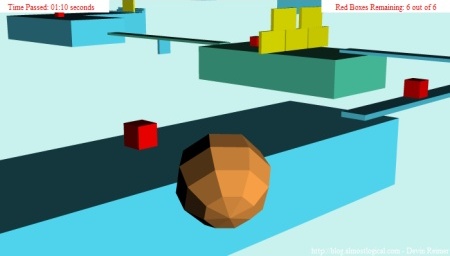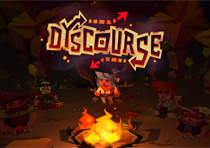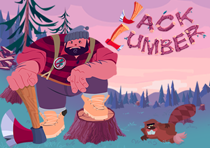I have been doing some experiments with head and eye tracking within flash for the last few months. Just recently I discovered a open source port of a head tracking library called Marilena. This is yet another amazing library from the Spark Project. This library takes care of most of the hard work when it comes to head tracking, but it is does not natively support video. So once I got these library to work with my application it ran at about 4 fps. The good part was the head tracking algorithm was much better than anything I had created. Some tweaks later I got the application to around 18 fps. Which is better but still not acceptable. So after some searching I found an article by a guy named Mario Klingemann from over at Quasimondo. He had added some performance enhancements to the Marilena library. (Check out his article here). This got my application up to around 22 fps, which was much closer to where I wanted it. Finally I wrote a little function the cuts down the search area depending on if head has been found on the last time around, this at last got the frame rate up to 27 fps, which is completely usable.
This application allows you to type text into a text area which then gets updated into the speech balloon which is positioned directly above your head in the webcam video.
To try out the demo (webcam required) click here.
To get the source click here
